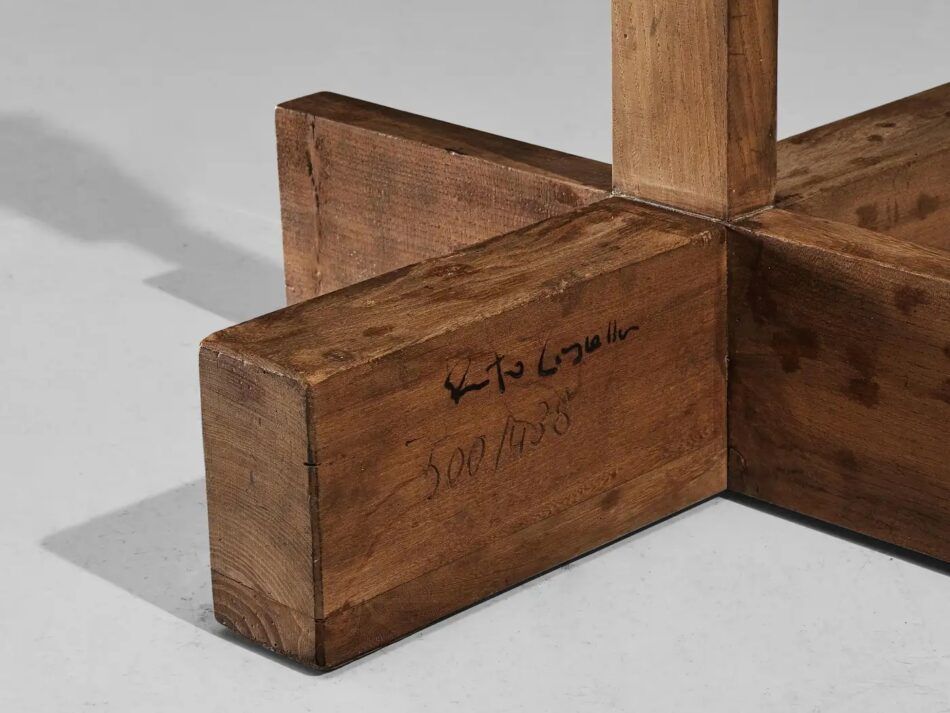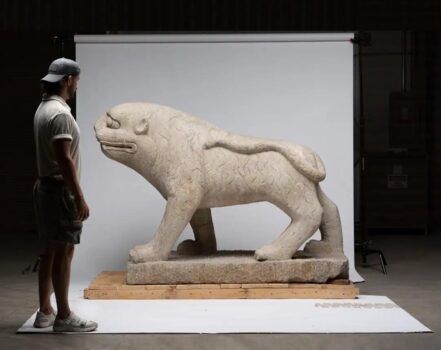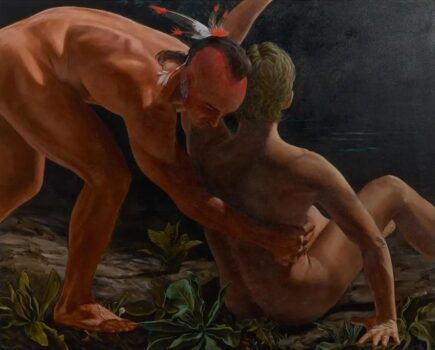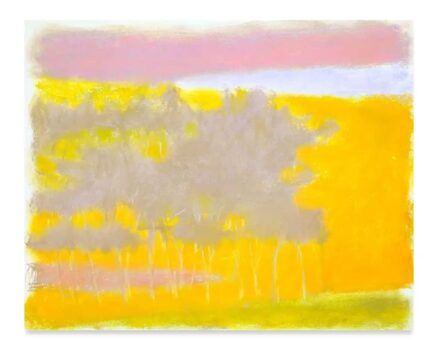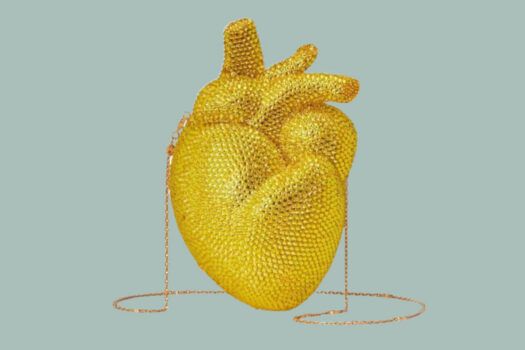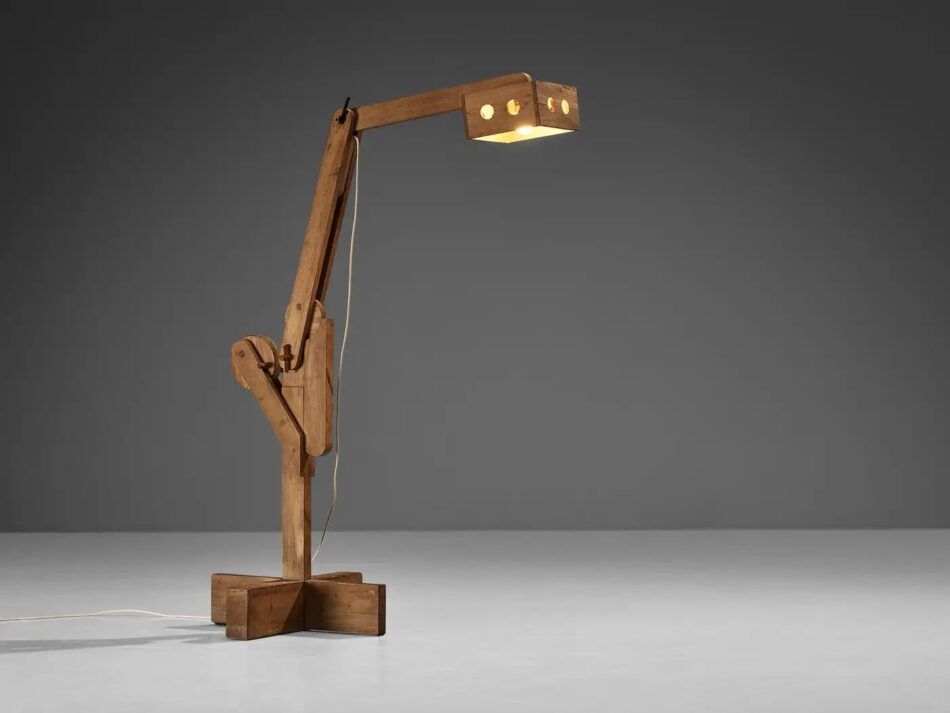
Given its evocative name, the Pinocchio floor lamp by Pietro Cascella is surprisingly utilitarian. There’s no elongated, nose-like appendage, no jolly, hat-shaped shade. There are no jangly limbs, no marionette strings. In fact, the only cord in sight plugs into an electrical outlet. Like its namesake, however, the Pinocchio lamp is the charming result of masterful woodworking.
A renowned Italian sculptor, Cascella (1921–2008) crafted nearly every component of the light fixture out of chestnut, from its boxy shade and its articulated body down to its cruciform base. This was in 1972, during the peak popularity of the “chalet” design style, characterized by warm woods, asymmetrical angles and whimsical cutouts, such as you’d see in an Alpine cottage.
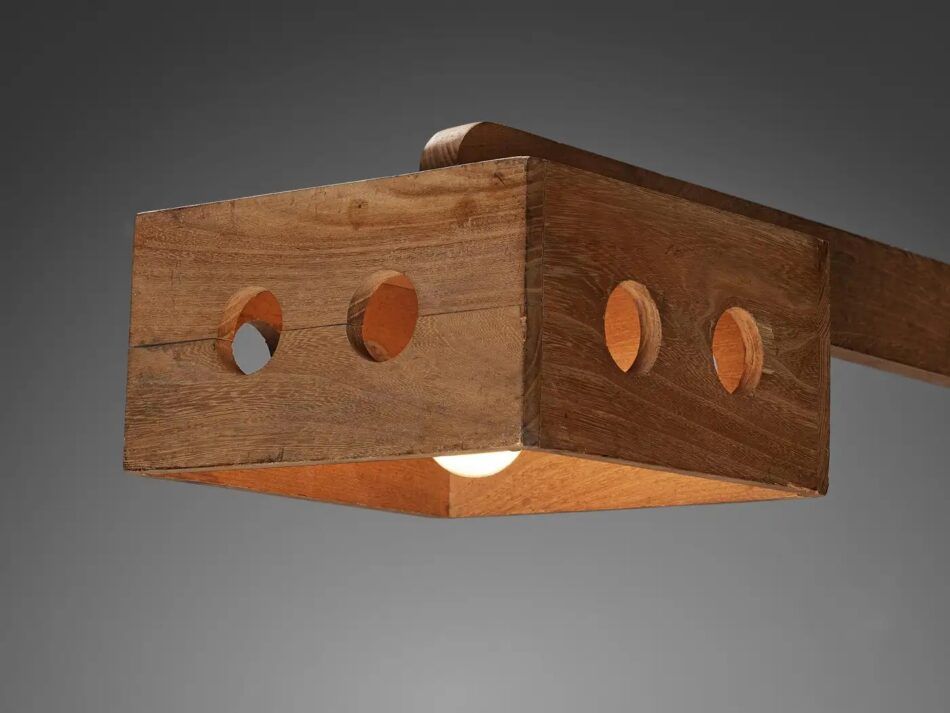
The Pinocchio embodies the chalet aesthetic, for sure, yet at the same time it looks like it was made 60 years earlier, under the influence of the Bauhaus. Echoes of that early-modernist movement are especially apparent in the cuboid shade with circular cutouts, which could be a miniature model of a Walter Gropius building in the Bauhaus capital of Dessau, Germany.
The lamp’s multiple articulated joints allow its height and angles to be adjusted for a customized illumination experience. Athough these are practical engineering features, they are also the piece’s most sculptural aspect.
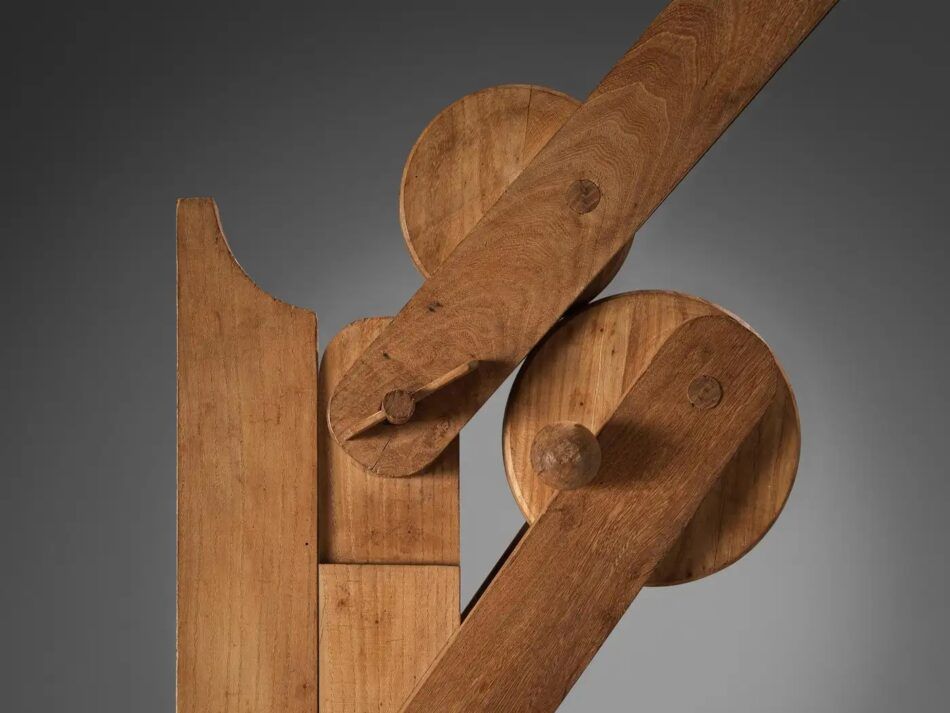
Cascella is best known for carving grand semiabstract stone-slab monuments, including the International Monument to the Victims of Fascism (1958–67) in Auschwitz–Birkenau, the Gate of Peace (1972) in Tel Aviv and former Italian prime minister Silvio Berlusconi’s massive mod mausoleum (1990s) in Arcore.
In a stroke of artistic ingenuity, he fashioned the Pinocchio’s central articulation from wooden wheels, slides, pegs and joinery. (Geppetto would be proud.) Again, we sense some Bauhausian inspiration, as the shifting, spinning geometric components look like they could have popped out of a László Moholy-Nagy painting.
While Cascella also made pine renditions of the Pinocchio (and very little furniture otherwise), he limited the production of the chestnut version to 500 signed and numbered lamps.
This particular one, offered by MORENTZ in the Netherlands, is number 438, making it a singular piece of art and design history indeed.
